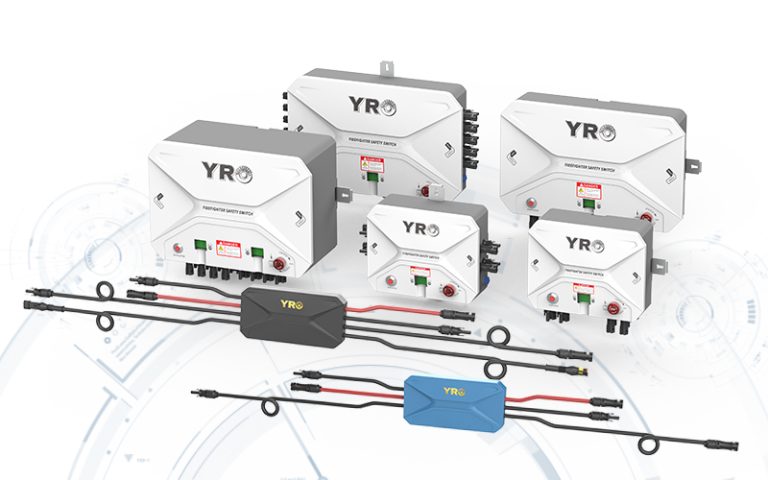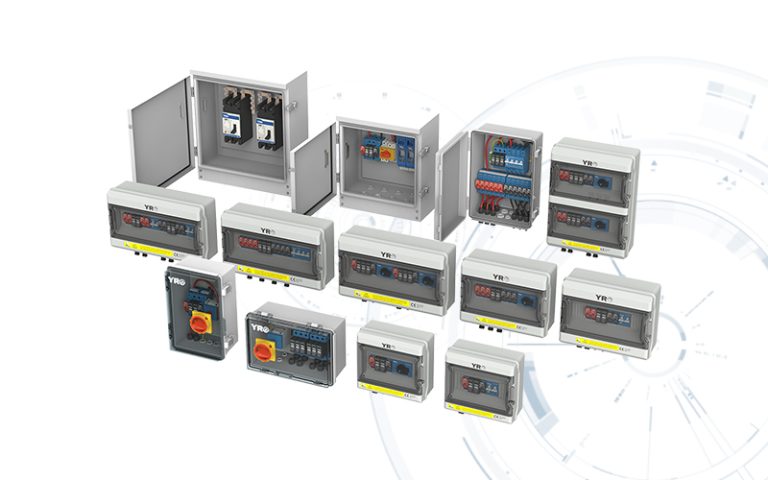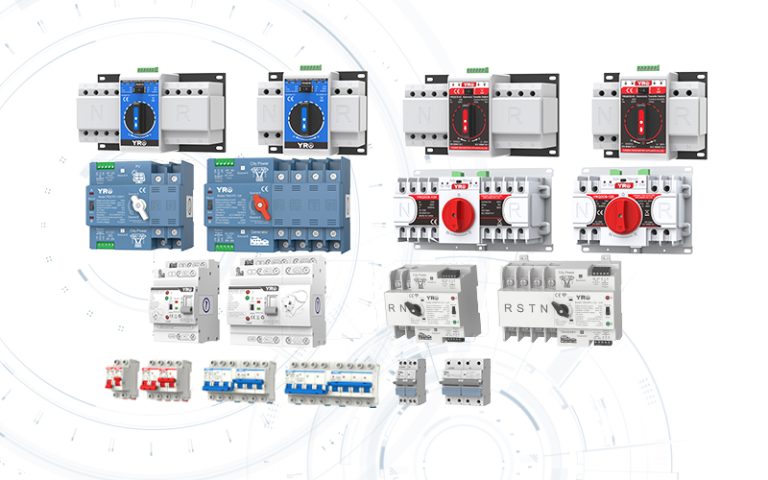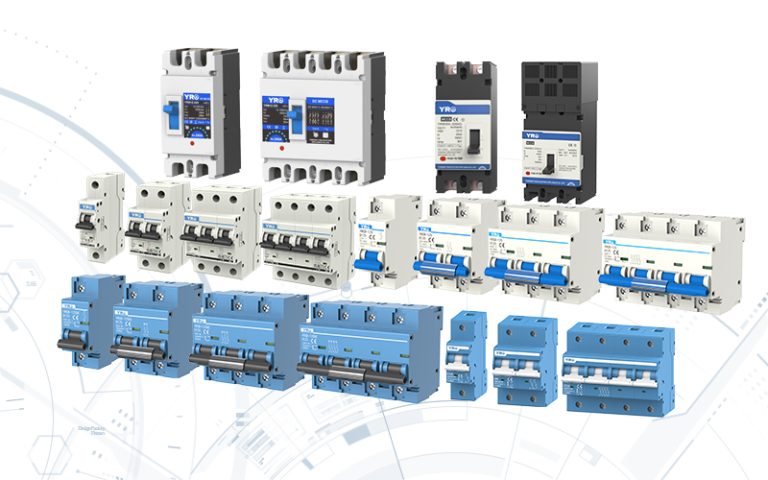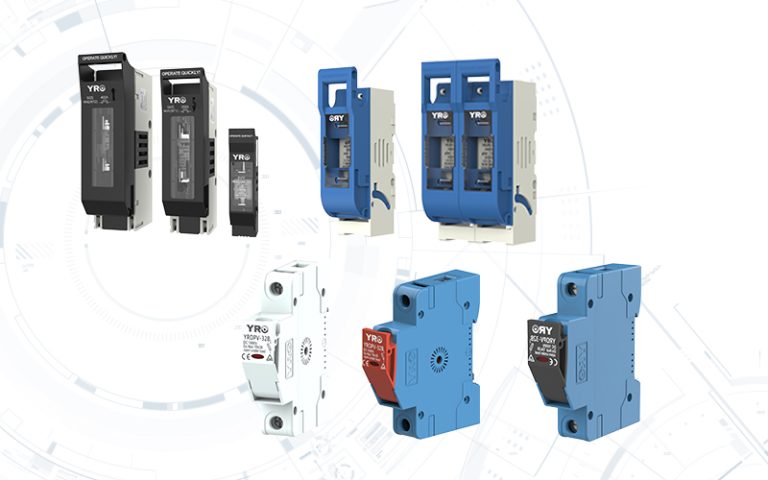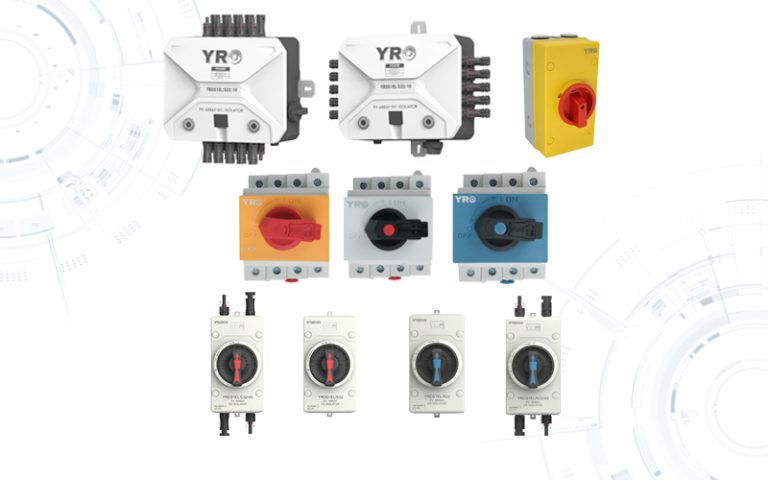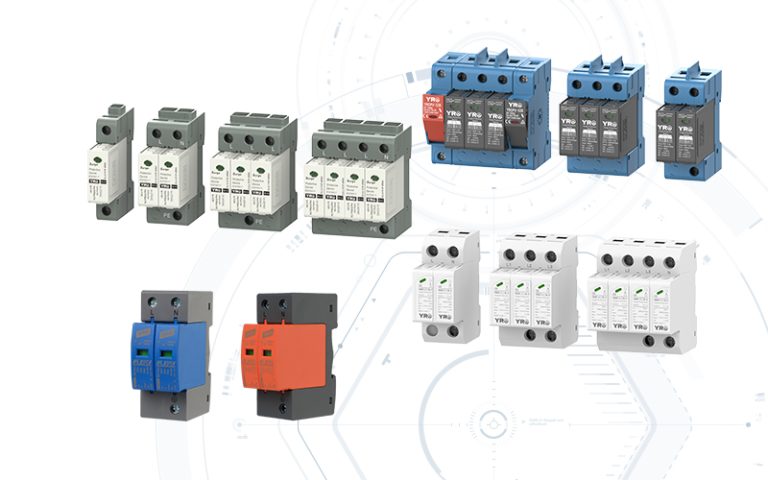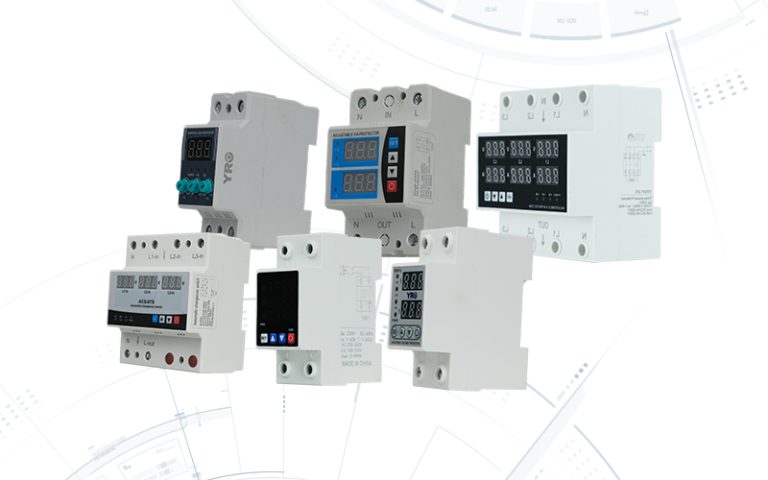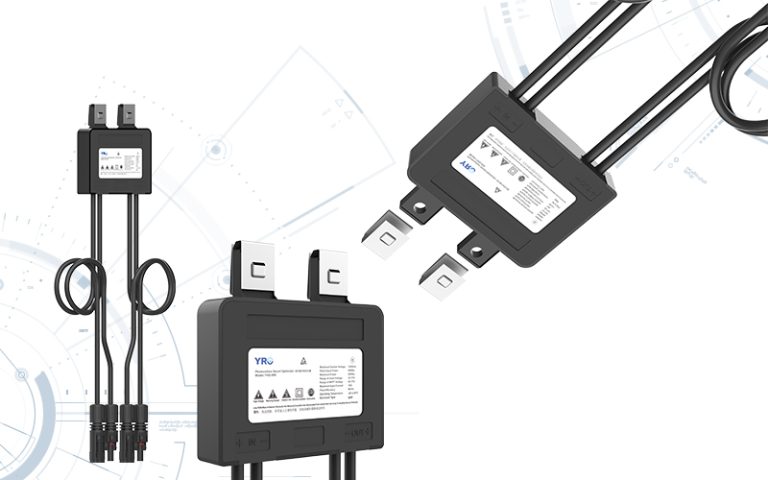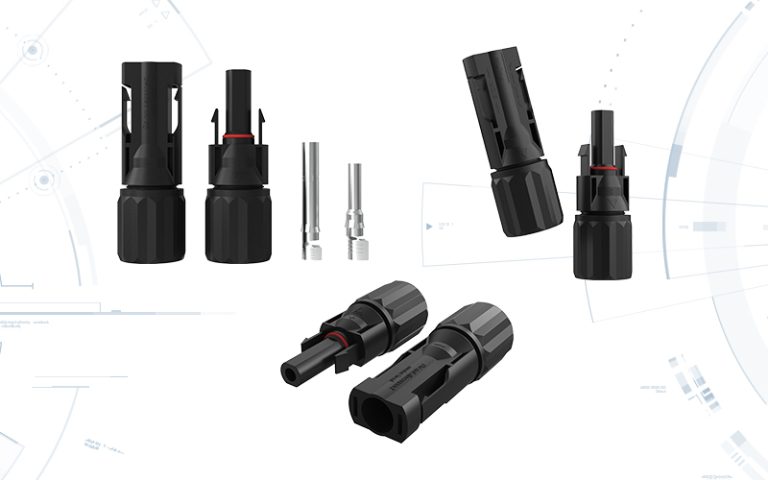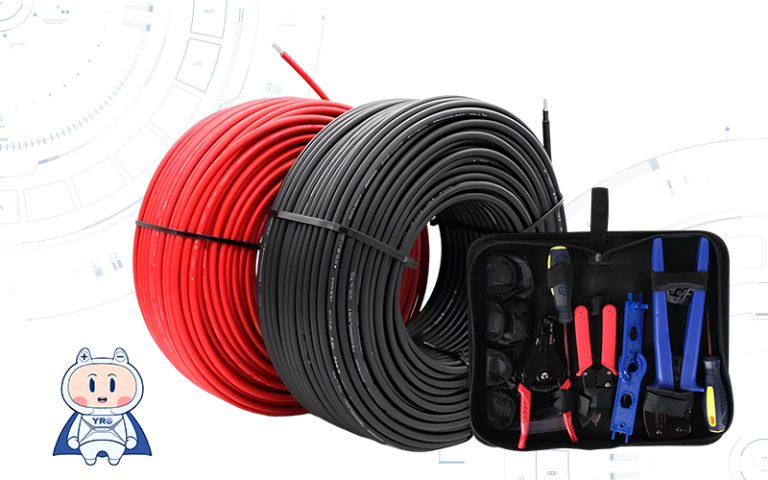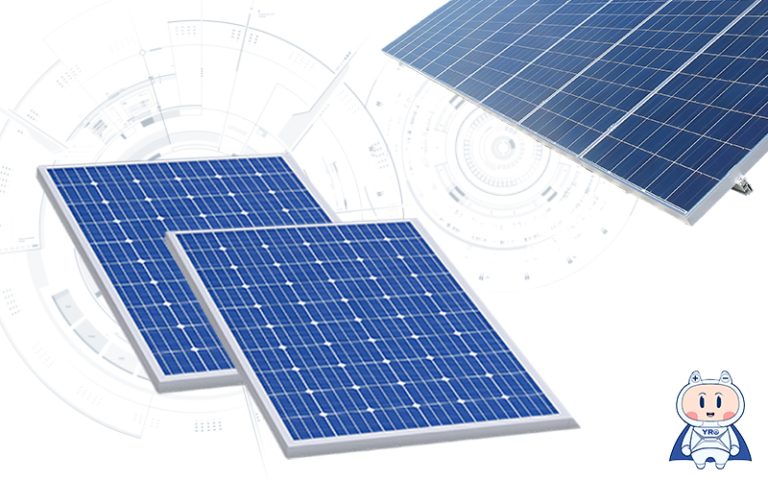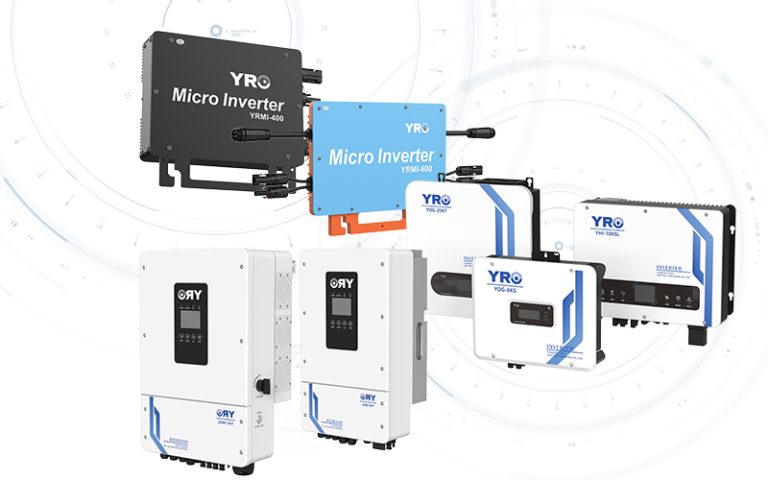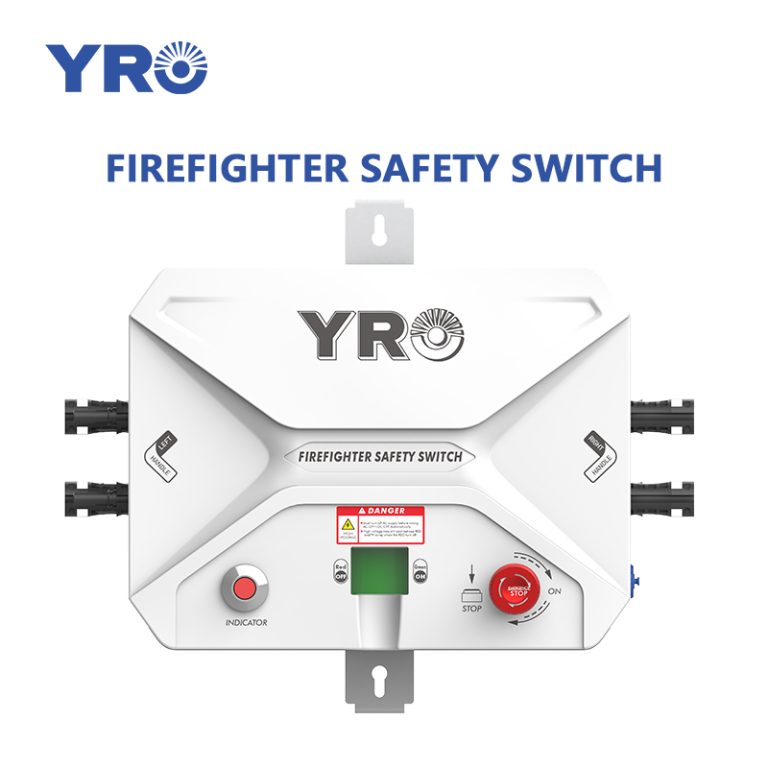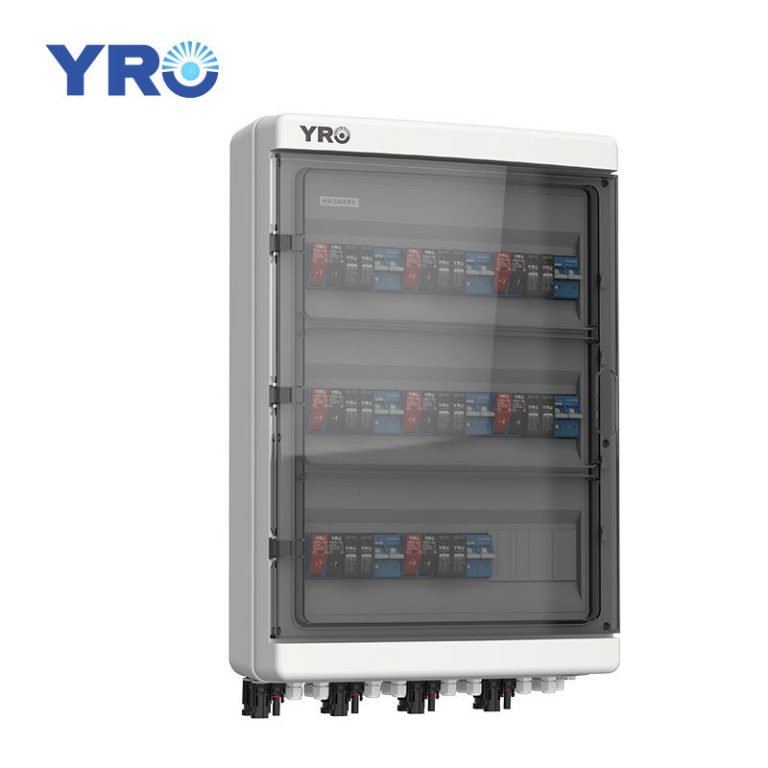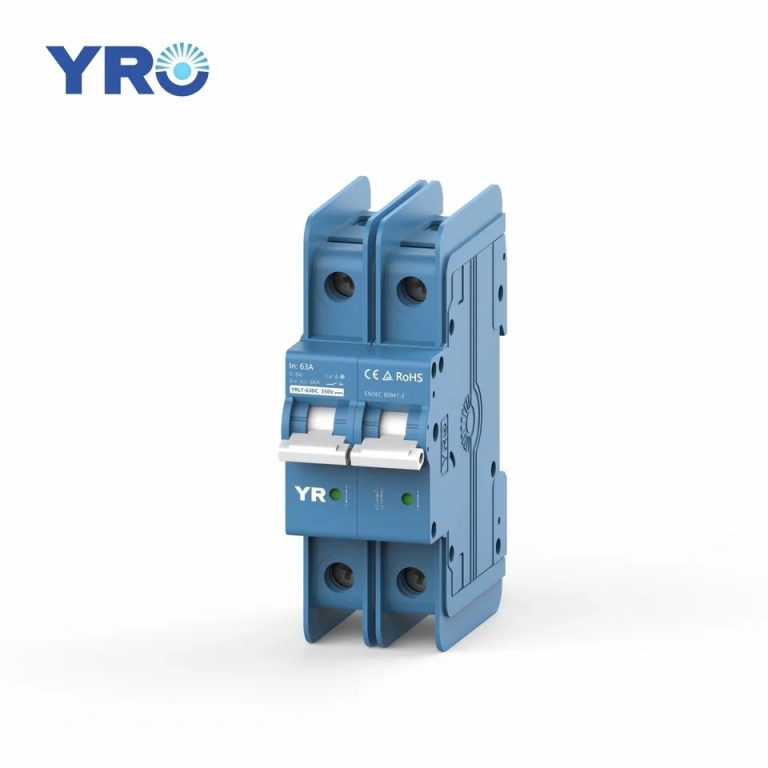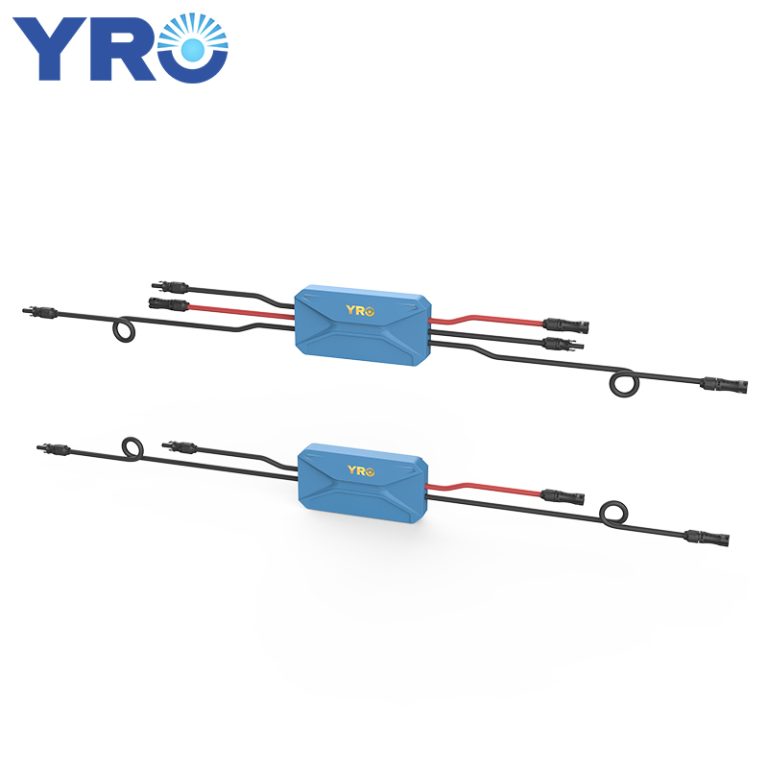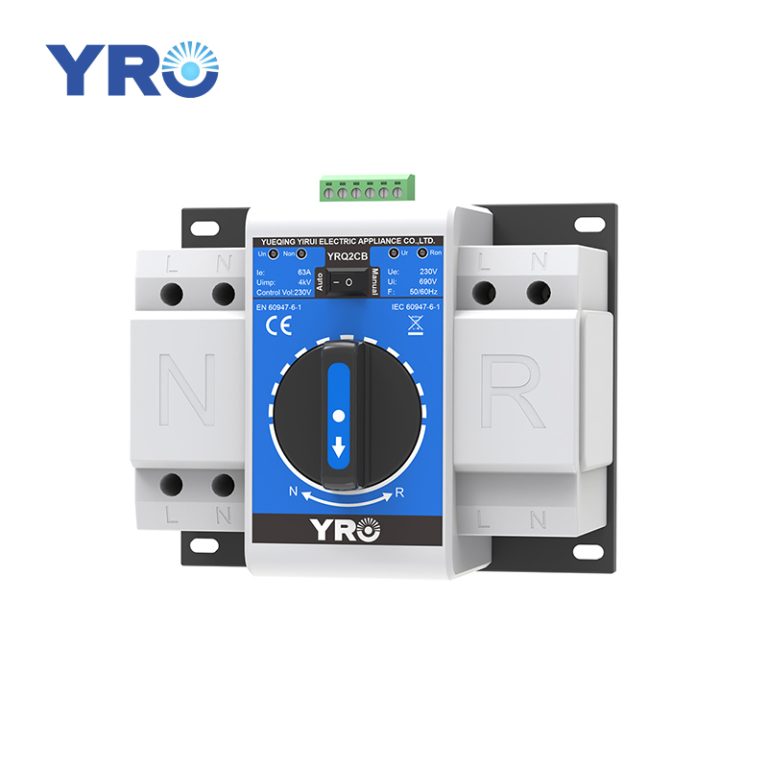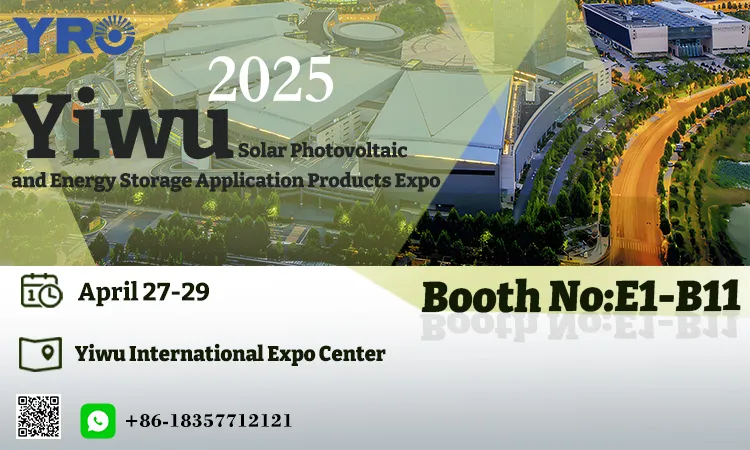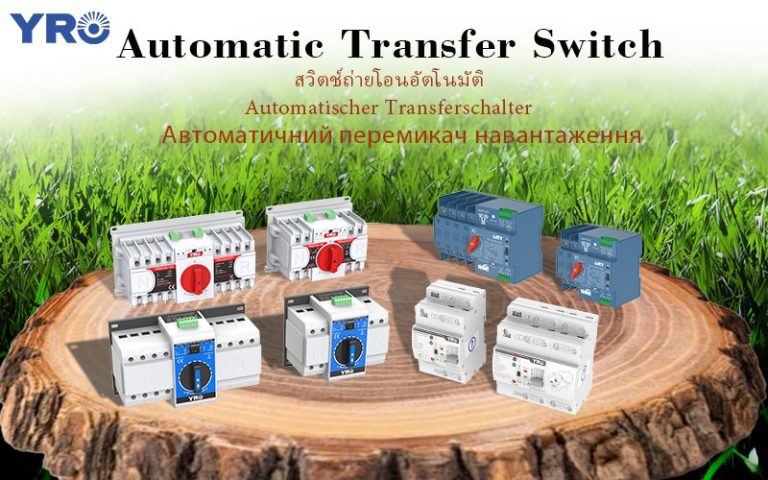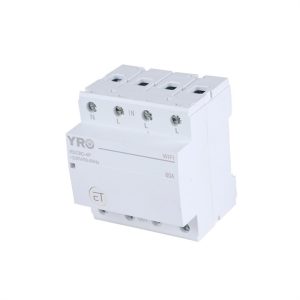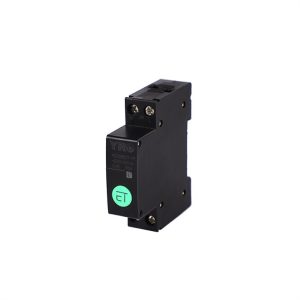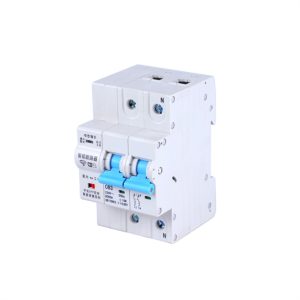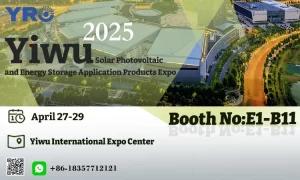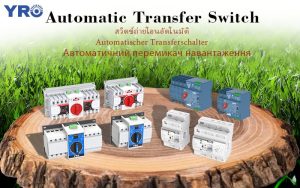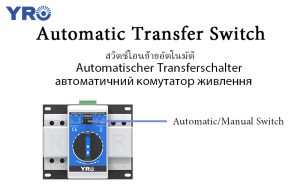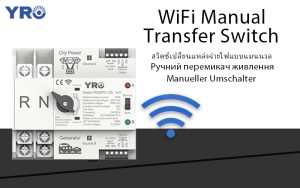Within the power system’s routine operation, the circuit breaker emerges as a linchpin. Whenever circuit glitches like overload or short circuiting strike, it has to spring into action pronto, severing the circuit. This safeguards equipment integrity and wards off lurking hazards, notably fires. But here’s the burning question: how does it tame the unruly arc? And what sets different circuit breaker variants apart in their arc quenching prowess?
What is the arc extinction principle of the circuit breaker?
Let’s first talk about the arc extinction principle of the circuit breaker. When the contacts in the circuit are about to open, an arc will be generated. This arc is a big trouble. It is a high temperature and high conductivity gas discharge phenomenon. If it is not controlled, it will bring serious safety accidents. So, what mechanism in the circuit breaker is working to deal with the arc?
1. Contacts
Some manufacturers’ circuit breaker contacts are made of special alloys. This kind of alloy is relatively stable at high temperatures and is not easy to melt. Moreover, it has a certain hindrance to the conduction of current, which helps to inhibit the generation and development of the arc when the contacts just separate.
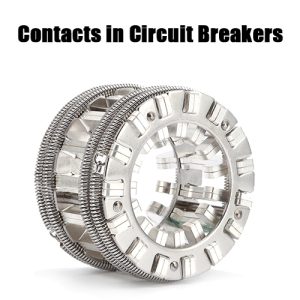
2. Arc extinguishing Medium
The oil circuit breaker uses oil as the medium. When an arc appears in the oil, the oil will decompose. This process is like a small energy conversion station. The decomposition absorbs the heat of the arc, causing the temperature of the arc to drop, and at the same time produces gas. These gases can stretch the arc, just like the dough being pulled into thin strips, which makes the arc easier to extinguish.
Look at the SF6 gas in the SF6 circuit breaker. This gas has a special ability. After it is ionized by the arc, it can quickly recombine. When the current in the circuit disappears at that moment, it can quickly return to the insulating state, just like suddenly putting up an insulating wall in front of the arc, preventing the arc from continuing to burn, so that the arc is extinguished.
The vacuum in the vacuum circuit breaker is also very interesting. In a vacuum environment, there are almost no gas molecules. When an arc is generated, because there is a lack of material basis to maintain ionization, the existence of the arc becomes very difficult. Specifically, the arc will quickly dissipate in a vacuum because there is not enough medium to support its continuous combustion. This is the reason why the arc is difficult to maintain in a vacuum environment.
What are the essential differences in arc extinction technologies among different types of circuit breakers?
Arc extinguishing Medium:
– Oil circuit breaker: Uses oil as the arc extinguishing and insulating medium. Under the high temperature action of the arc, the oil will decompose and evaporate, and bubbles will be formed around the arc. Hydrogen accounts for the main component in the bubbles, and the thermal conductivity of hydrogen is used to accelerate the cooling and extinguishing of the arc.
– Vacuum circuit breaker: Performs arc extinction in a highly vacuum environment. The arc burned in the metal vapor produced by the contact material is mainly extinguished through the cathode phenomenon of the contact, the heating degree of the anode, and the rapid diffusion of the plasma to the surrounding space.
– SF6 circuit breaker: Uses SF6 gas as the arc extinguishing and insulating medium. SF6 gas has a strong ability to adsorb free electrons and can quickly deionize when the current is zero, thereby extinguishing the arc.
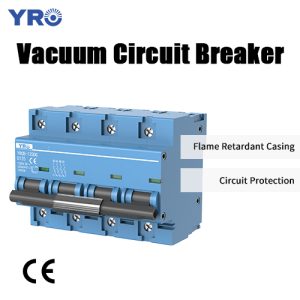
Arc Extinction Principle:
– Oil circuit breaker: Hydrogen is produced by the decomposition of oil, forming a medium gas surrounding the arc to accelerate the cooling and extinguishing of the arc.
– Vacuum circuit breaker: Utilizes the high electrical insulation performance and high speed thermal conduction performance of the vacuum environment to quickly adsorb the charged particles in the arc on the wall of the vacuum chamber, and at the same time improve the thermal conduction efficiency, so that the arc is quickly cooled and extinguished.
– SF6 circuit breaker: Uses SF6 gas at several to a dozen pressures to form a high speed airflow at the nozzle to extinguish the arc.

